Seoul Christmas Festival (서울 크리스마스 페스티벌)
1.8Km 2021-11-30
41, Cheonggyecheon-ro, Jongno-gu, Seoul
• 1330 Travel Hotline: +82-2-1330 (Korean, English, Japanese, Chinese) • For more info: +82-2-904-1159
Seoul Christmas Festival takes place at Cheonggye Plaza, the start of Cheonggyecheon Stream. Visitors can enjoy fancy illuminations, a Christmas tree and photo zones. Various events and programs are also prepared for a heartwarming end-of-the-year experience for everybody.
Youngpoong Bookstore - Jongno Branch (영풍문고-종로점)
1.8Km 2020-02-21
41, Cheonggyecheon-ro, Jongno-gu, Seoul
+82-1522-2776
Along with books, Youngpoong Bookstore sells gifts, small electronics, stationery and much more. It also hosts various recitals, book signings, and literary programs. The Jongno branch of Youngpoong is the nation’s largest bookstore, boasting a total area of over 10,600 meters square.
The basement level of the store houses over 350,000 Korean and international books and there is also a customer service center and electronic search program where shoppers can find information on books.
On the B2 floor is the “Stylish Gift Mall,” which houses various stationery items, gifts, accessories, and brand shops like Apple, Microsoft, and Samsung Digital.There is also a CD section, healthcare section, diaries, home-décor items, luxury fountain pens, Hello Kitty section, café, eateries, and much more.
Youngpoong Bookstore - Jongno Branch [Tax Refund Shop] (영풍문고 종로점)
1.8Km 2024-04-18
41, Cheonggyecheon-ro, Jongno-gu, Seoul
-
Olive Young - Dongnimmun Branch [Tax Refund Shop] (올리브영 독립문)
1.8Km 2024-04-18
99, Songwol-gil, Jongno-gu, Seoul
-
Uniqlo - Gwanghwamun D Tower Branch [Tax Refund Shop] (유니클로 광화문D타워)
1.8Km 2024-04-17
17, Jong-ro 3-gil, Jongno-gu, Seoul
-
A Moment in Time - Live Caricature & Gallery (시간을 담다)
1.8Km 2021-03-25
20-1, Samil-daero 8-gil, Jung-gu, Seoul
+82-10-8895-3368
A Moment in Time adds in aspects of Korean traditions, customs, and landmarks like hanbok, Gwanghwamun Gate, and Korean mystical animals into caricature artworks, serving as an excellent souvenir for both locals and travelers. The gallery also offers hands-on programs like coloring caricature and traditional folk art. In addition, original design products from A Moment in Time are also available, making great gifts.
Tosokjeong (토속정)
1.8Km 2021-03-19
4-1, Ujeongguk-ro, Jongno-gu, Seoul
+82-2-720-2192
This is a Korean cuisine located in Jongno, Seoul. The representative menu is skate, pork, and kimchi combo. A traditional Jeollanam-do food restaurant serving more than 10 side dishes.
Mijin (미진)
1.8Km 2024-03-06
19 Jong-ro, Jongno-gu, Seoul
+82-2-732-1954
Mijin is a Korean-style cold buckwheat noodle restaurant located near Gwanghwamun, specializing in Korean-style naeng memilguksu (cold buckwheat noodles). They offer a broth that is richer in flavor compared to Japanese soba bonito soy sauce, along with chewier buckwheat noodles. The restaurant produces the broth and noodles in-house and serves them directly to customers. The cold broth and buckwheat noodles condiments can be adjusted according to preference. Another popular menu is the memil jeonbyeong (buckwheat crepe) filled with bean sprouts, bean curd, aged kimchi, and ground pork.
Olive Young - Jongno 1(il)-ga Branch [Tax Refund Shop] (올리브영 종로1가)
1.8Km 2024-04-16
19, Jong-ro, Jongno-gu, Seoul
-
Dakgopsae (닭곱새)
1.8Km 2021-03-19
7, Jong-ro 5gil, Jongno-gu, Seoul
+82-2-6226-8220
This Korean cuisine is located near Jonggak Station, Seoul. The representative menu is chicken, beef small intestine and shrimp hot pot. A restaurant where chicken, intestine, and shrimp are fried and served with spicy sauce.
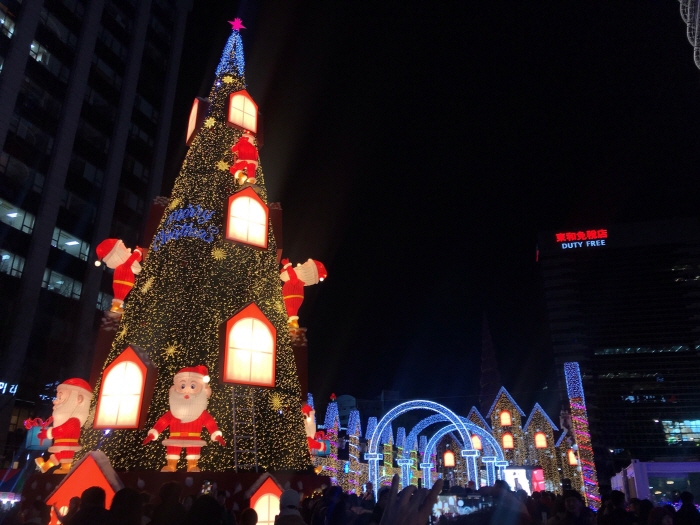
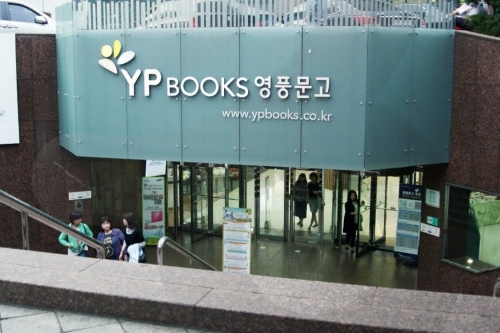

![Uniqlo - Gwanghwamun D Tower Branch [Tax Refund Shop] (유니클로 광화문D타워)](http://tong.visitkorea.or.kr/cms/resource/15/2878215_image2_1.jpg)
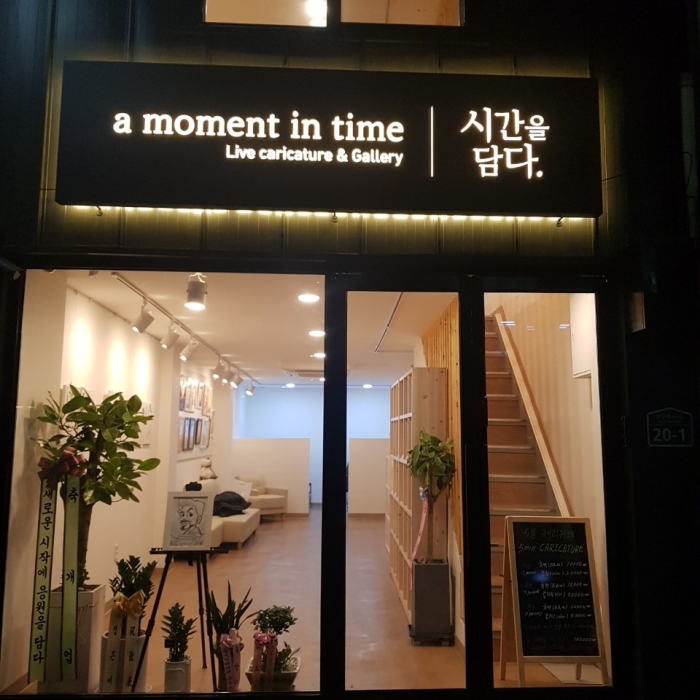
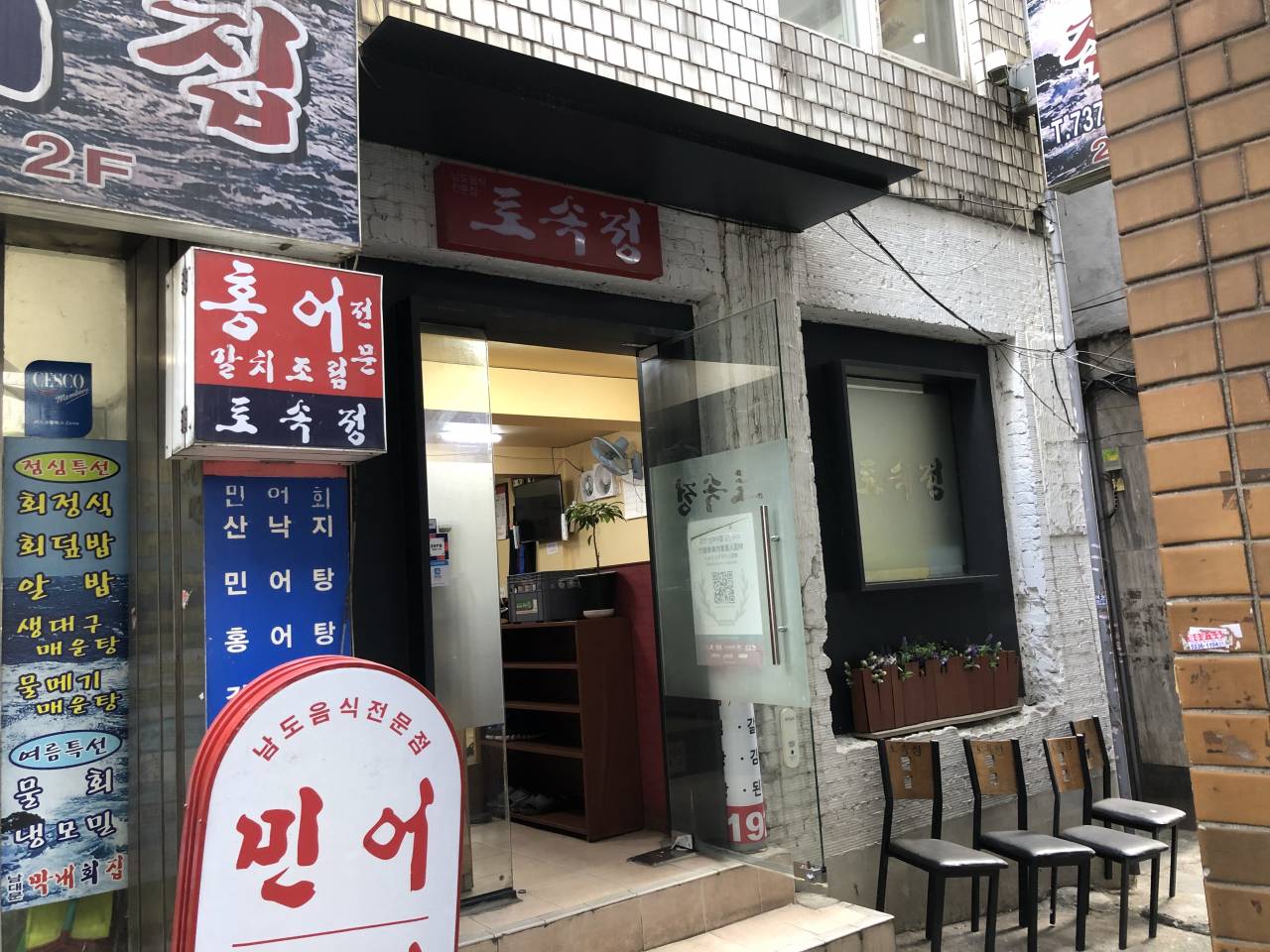
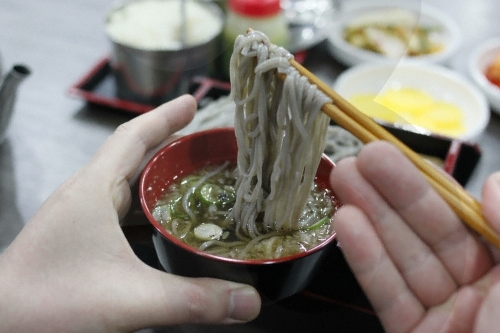
![Olive Young - Jongno 1(il)-ga Branch [Tax Refund Shop] (올리브영 종로1가)](http://tong.visitkorea.or.kr/cms/resource/16/2878216_image2_1.jpg)
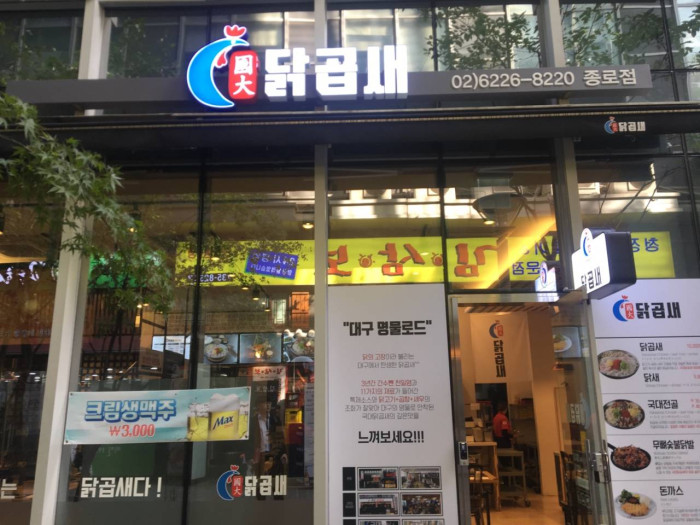
 English
English
 한국어
한국어 日本語
日本語 中文(简体)
中文(简体) Deutsch
Deutsch Français
Français Español
Español Русский
Русский